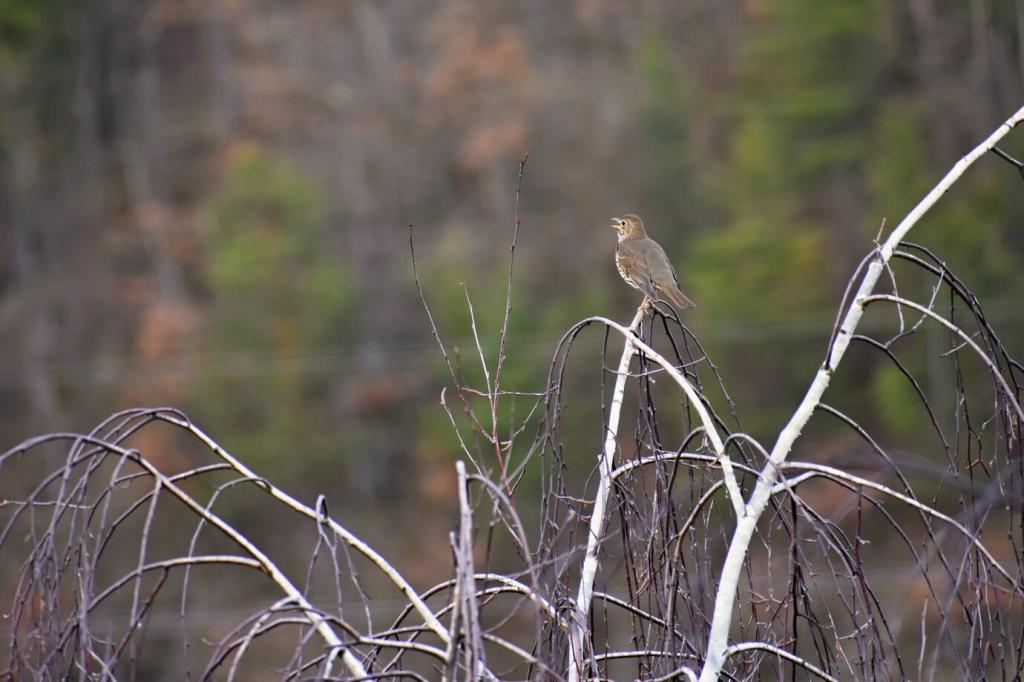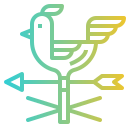Birds' Use of Tools: Ingenious Wings at Work

This is the heading
Lorem ipsum dolor sit amet, consectetur adipiscing elit. Ut elit tellus, luctus nec ullamcorper mattis, pulvinar dapibus leo.

This is the heading
Lorem ipsum dolor sit amet, consectetur adipiscing elit. Ut elit tellus, luctus nec ullamcorper mattis, pulvinar dapibus leo.
Icons of Ingenuity: Species That Inspire
New Caledonian Crows and Their Crafted Hooks
Famed for crafting tools from twigs and pandanus leaves, New Caledonian crows cut neat shapes, sculpt barbs, and even select materials by stiffness. In labs, they show metatool use and flexible problem-solving—emblematic of birds’ use of tools at its most sophisticated.
Woodpecker Finches of the Galápagos
These finches deftly wield cactus spines to pry out hidden larvae, turning spines into precise tweezers. Field observations reveal repeated selection of ideal spines and persistent practice over time, a living workshop proving that birds’ use of tools can be both practical and refined.
Egyptian Vultures and Stone Hammers
When faced with tough ostrich eggs, Egyptian vultures heft stones and strike repeatedly until the shell shatters. This striking behavior, observed in the wild, highlights deliberate object manipulation—the unmistakable signature of birds’ use of tools under pressure and opportunity.
Making and Modifying: Craftsmanship in Feathers
Shaping the Perfect Hook
Some corvids trim leaves into stepped tools or carve twigs to create snug-fitting hooks. They compare options, discard poor fits, and retain winners. This craftsmanship shows birds’ use of tools depends on a blend of material knowledge, fine motor control, and iterative testing.
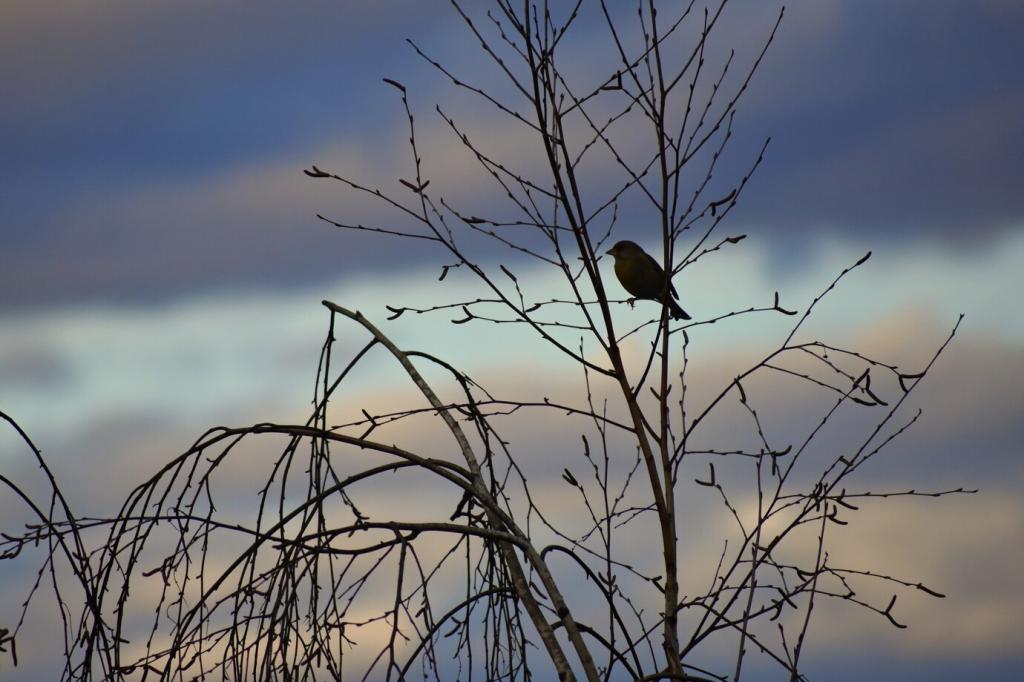
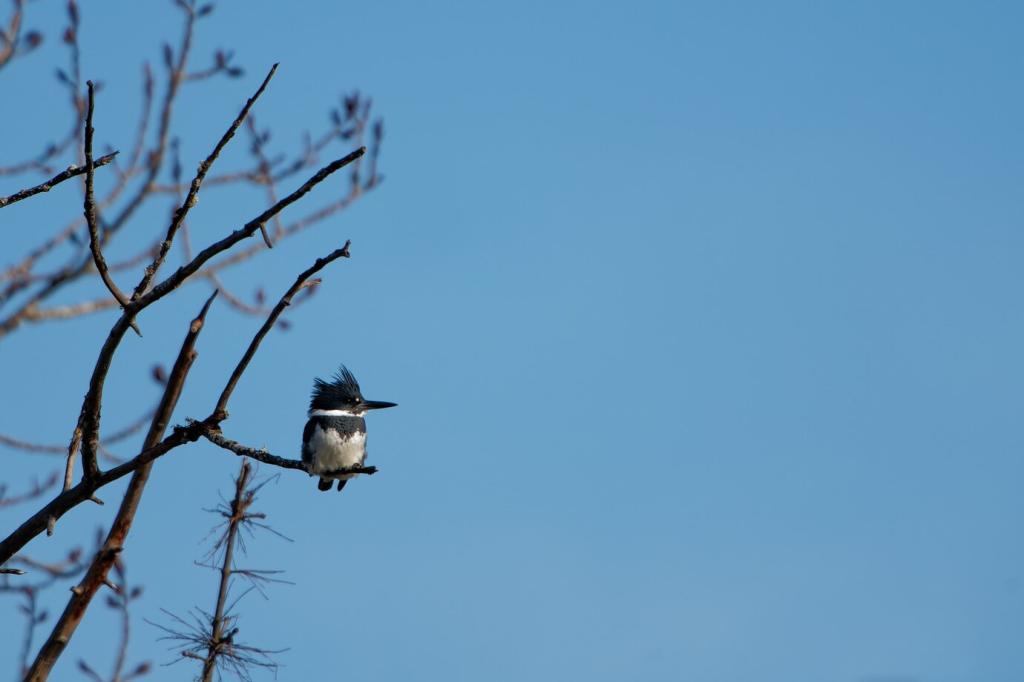
Improvisation in the Lab and Field
In classic experiments, rooks and crows bent wires into hooks to retrieve baskets, revealing spontaneous innovation. In forests, quick modifications—shortening a stick, removing a side branch—turn found objects into precision instruments, underscoring flexible birds’ use of tools under changing conditions.
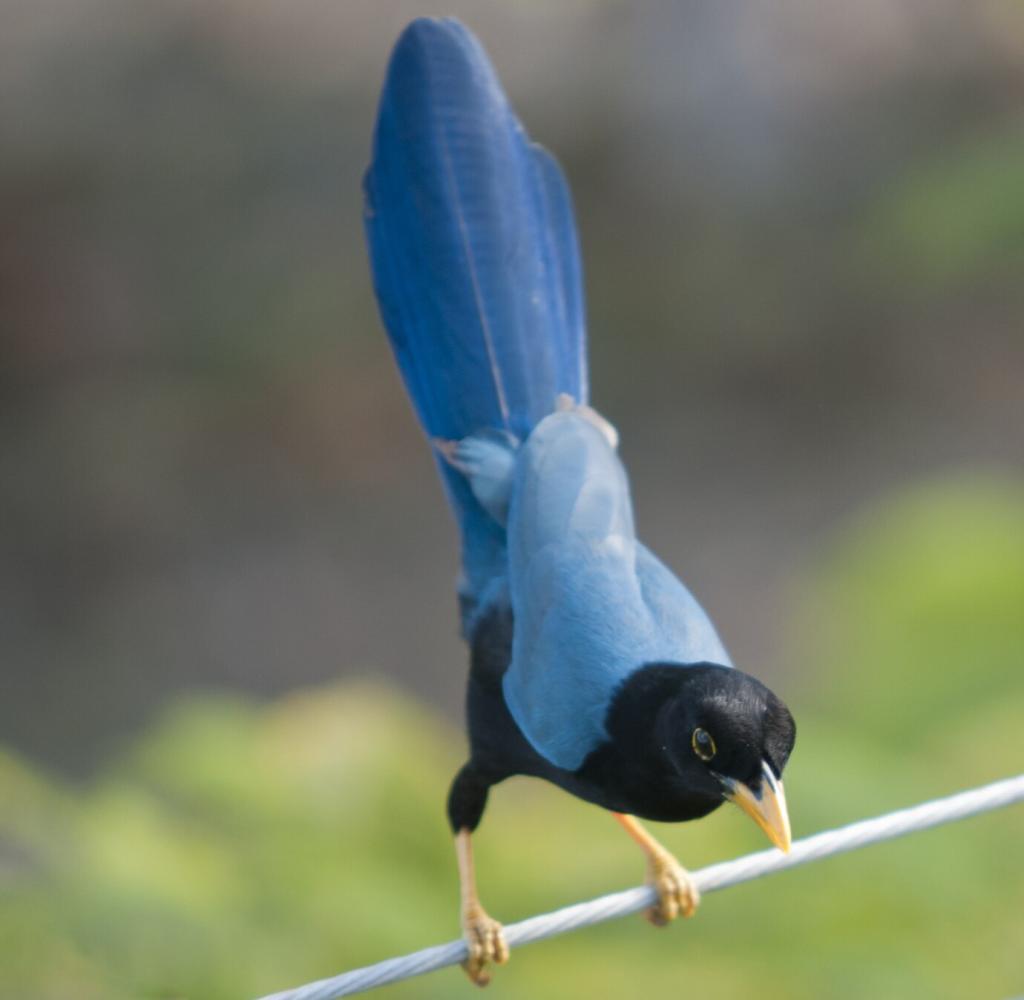
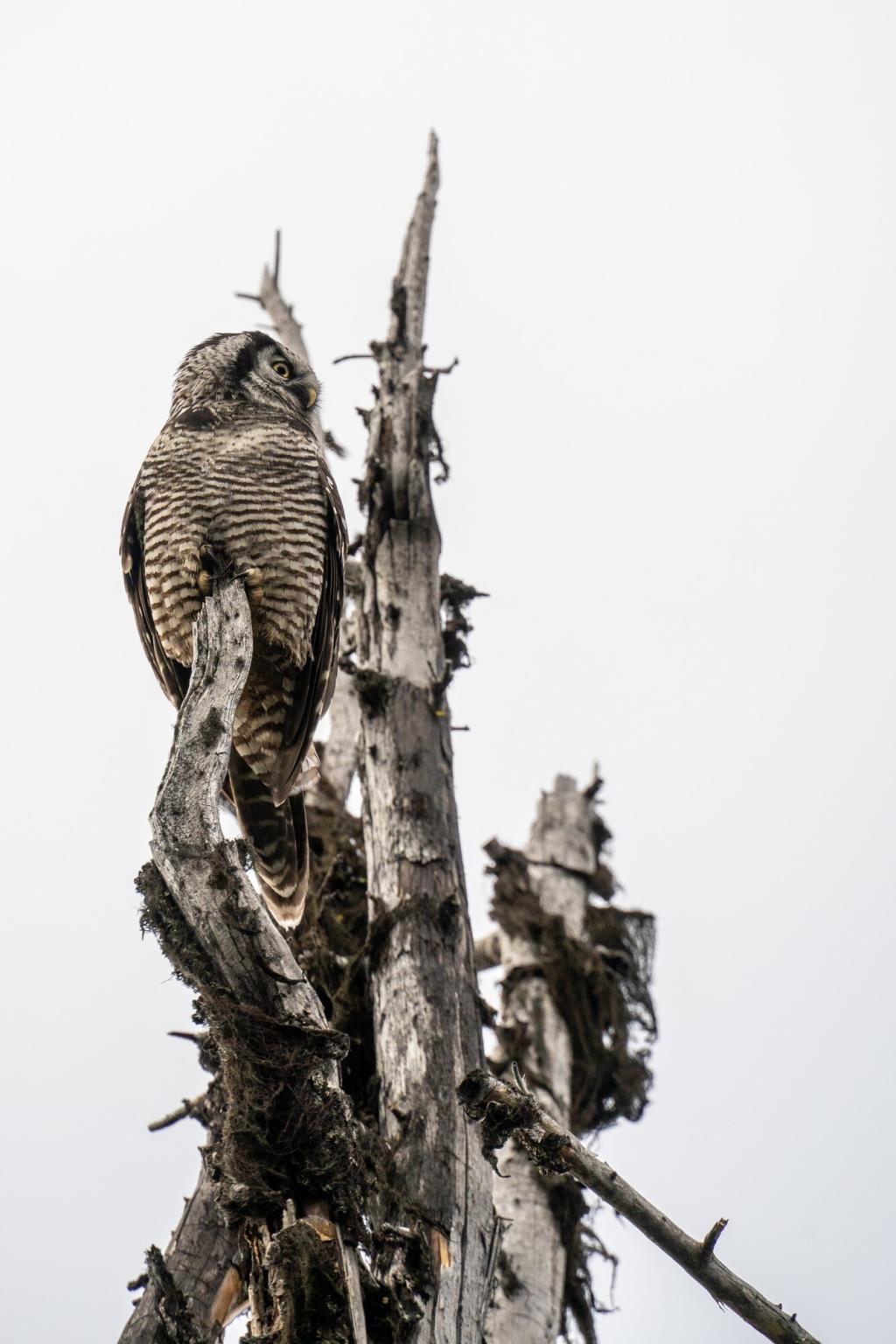
Strategies That Outsmart: Using Tools to Win
Green and striated herons famously drop bait—bread, insects, even feathers—onto the water to lure fish. They adjust placement and timing as currents shift. This controlled setup is a textbook example of birds’ use of tools to manipulate another species’ behavior.
Strategies That Outsmart: Using Tools to Win
Song thrushes smash snails against chosen stones, and raptors drop hard-shelled prey from height. Selecting the right surface acts like choosing a workbench. These behaviors show birds’ use of tools leans on physics—leveraging impact, friction, and angles to crack tough defenses.
Culture, Learning, and the Spread of Skill
Juveniles Watching Masters
Young birds often shadow adept adults, observing tool choice, grip, and timing. Over weeks, they practice and refine motions. Such apprenticeships suggest birds’ use of tools can be culturally transmitted, forming local styles that persist like regional dialects or crafting schools.
Traditions in Time
New Caledonian crow populations show distinctive tool designs, implying lineages of know-how. Palm cockatoos even drum with sticks in rhythmic displays, with local ‘beats.’ These patterns illuminate how birds’ use of tools can crystallize into traditions that outlast individuals.
Why It Evolved
Ecological pressure—hard-to-access prey, tough shells, scarce resources—likely favored innovators. Once successful strategies spread, survival improved. Over time, selection rewarded the neural wiring and dexterity that make birds’ use of tools stable, reliable, and remarkably diverse across habitats.
Observe, Share, and Support the Discovery
Watch patiently and record carefully: What object was used, how was it held, and what goal was achieved? Your detailed notes on birds’ use of tools can transform a fleeting moment into data that researchers can compare across regions and seasons.
